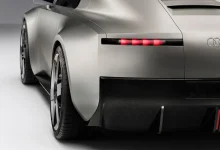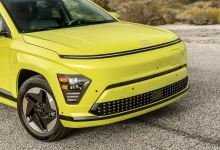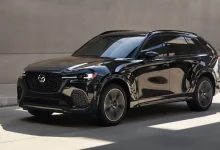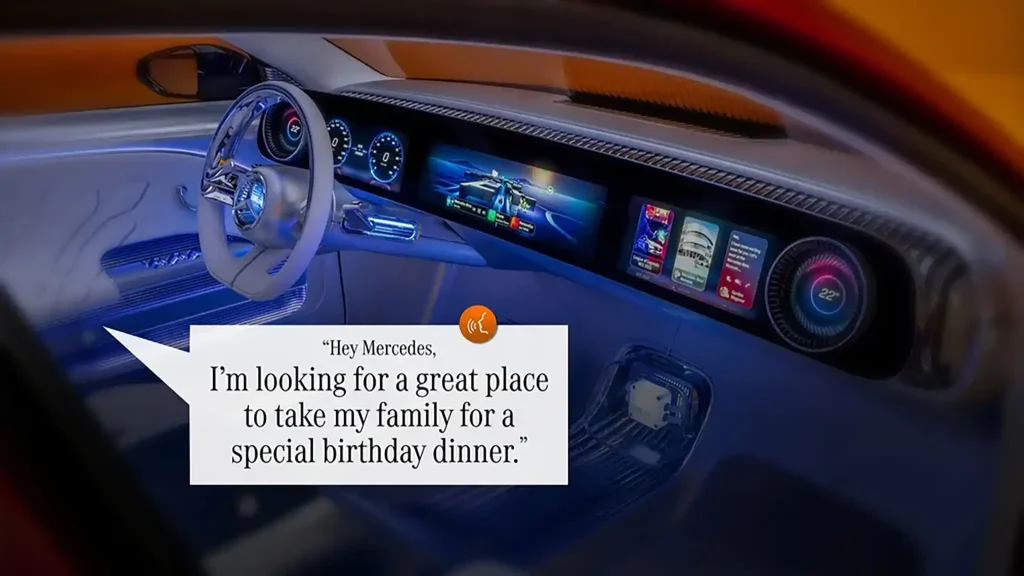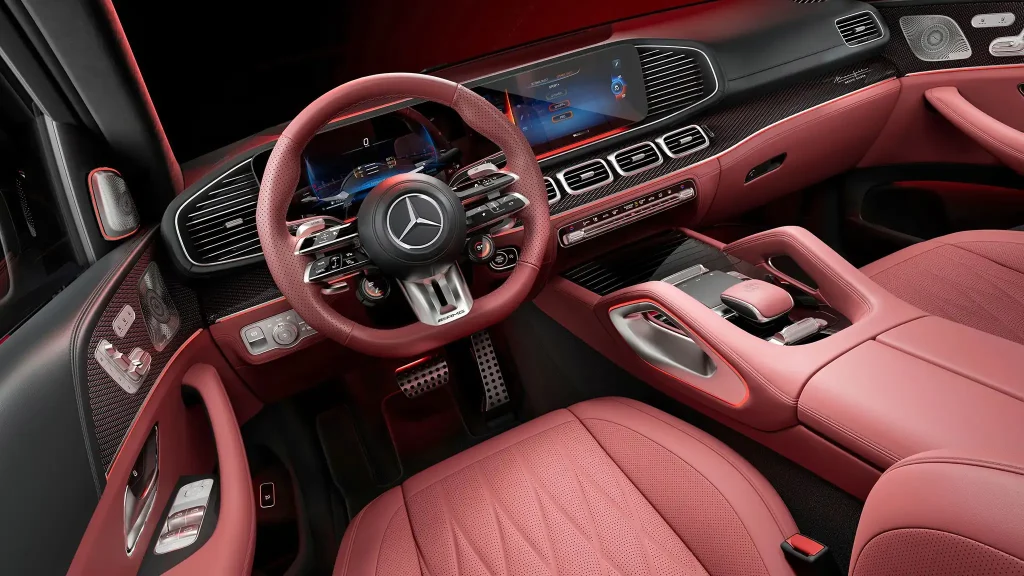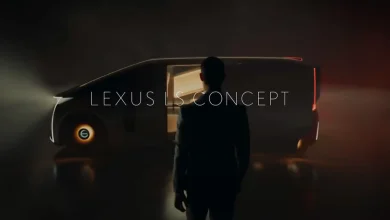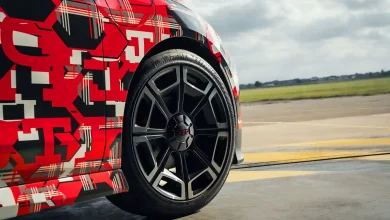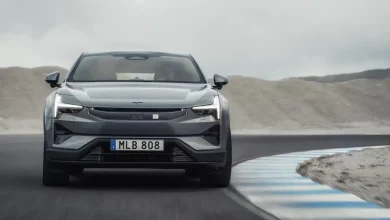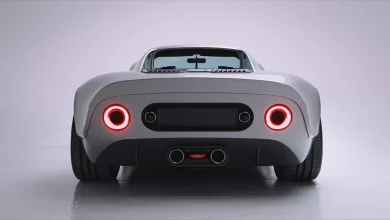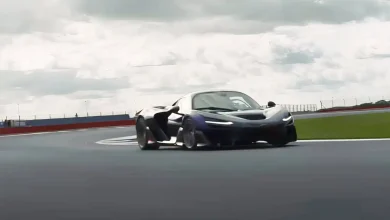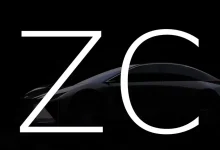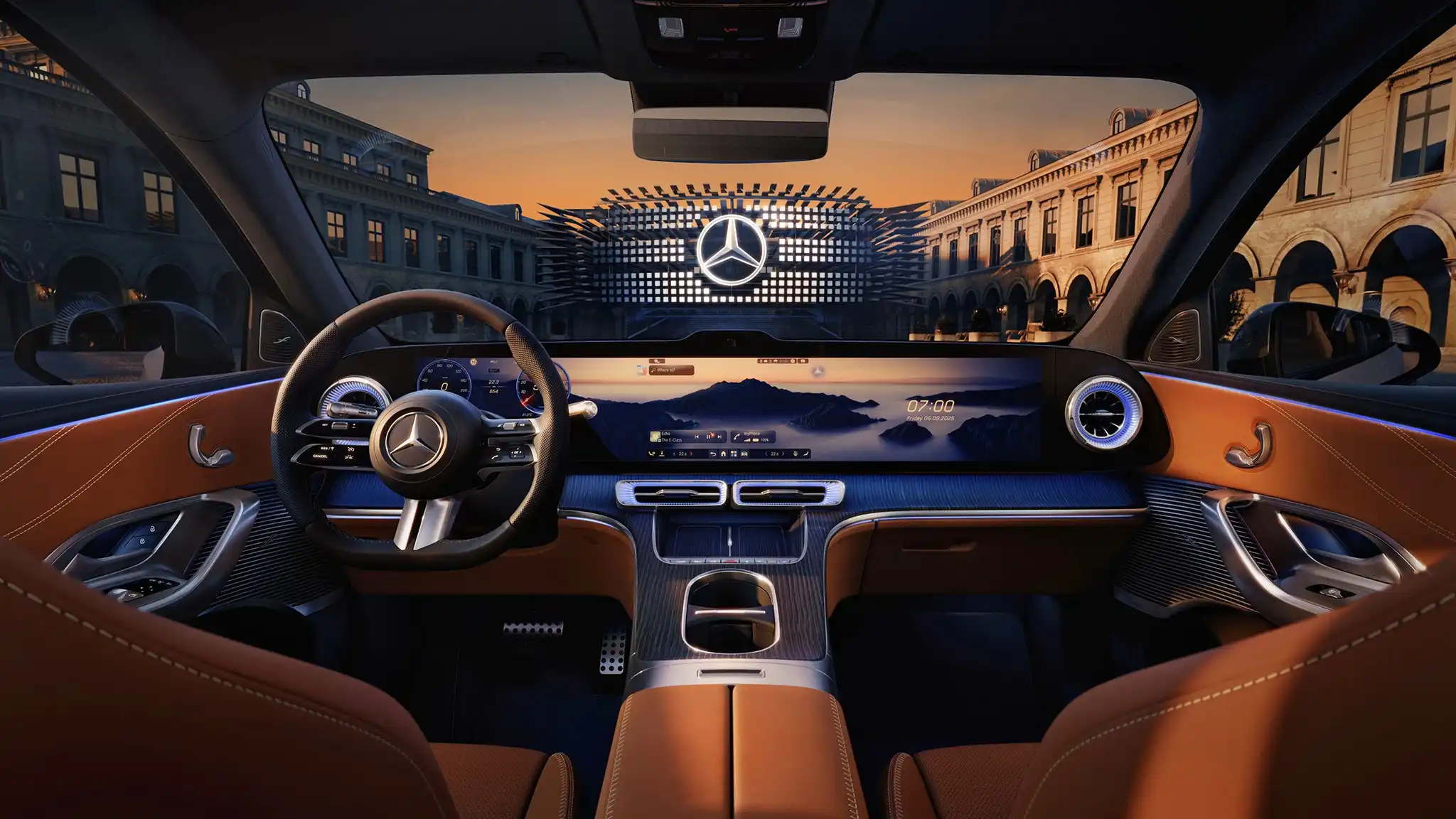
Mercedes-Benz is bringing back more physical buttons and rocker controls in its interiors, responding to customer demand—even as it rolls out its most software-driven vehicles yet and predicts a future where traditional apps may fade away. The 2026 Mercedes-Benz CLA and 2027 GLC mark the brand’s first fully software-defined models, allowing nearly every aspect of the car to be updated over the air. These models also debut the fourth-generation MBUX infotainment system, complete with advanced touchscreens.
Data shows that many customers dislike haptic steering wheel controls and touchscreens for basic functions such as adjusting audio volume. In response, the next-generation GLC, arriving late next year, will feature a new steering wheel that reintroduces physical rollers. While the CLA sedan is already on sale in Europe with haptic controls, a wagon version will launch with the same rolling controls as the GLC. Later this year, Mercedes plans to bring that updated steering wheel to the 2027 sedan, according to Chief Software Officer Magnus Östberg, describing it as a simple swap. The latest CLA will reach the U.S. at the end of the year, though it will retain the older wheel, as it is a 2026 model.
Why the Sudden Change?
Why did Mercedes have to reverse course so quickly? While the GLC is larger than the CLA—making it easier to incorporate physical buttons—and tends to attract an older buyer who prefers them, that wasn’t the whole story. “Sometimes you get ahead of yourself and do really cool things,” says Ola Källenius, chairman and CEO of Mercedes-Benz Group. “You test it, and it works beautifully. But occasionally, you have to take two steps back to take one step forward.” Despite the haptic controls working perfectly, customers made it clear they wanted the roller back.
Customers Have Spoken
Data confirmed the need to reintroduce more physical controls, according to Östberg. However, touch-based interfaces remain essential—particularly in the Chinese market—and predicting future trends in other regions is challenging. Global market research showed that Mercedes customers value a balanced mix of hard controls, head-up displays, large screens, and voice recognition, says Mathias Geisen, board member for marketing and sales. Executives noted that the company should avoid innovating simply for the sake of innovation.
Looking forward, all Mercedes models will feature steering wheels with intuitive physical controls that are easier to operate, alongside some haptic elements, says Chief Technology Officer Markus Schäfer. Touchscreens will remain available for customers who prefer them, allowing Mercedes to strike a balance between physical and digital interfaces.
Voice Commands Are the Future
The true paradigm shift, Östberg says, will be a move toward voice control. The use of voice commands has already tripled, and he anticipates a broad transformation as AI changes how people interact with technology and apps. Voice assistants can deliver a superior customer experience, Schäfer adds. Users won’t need to choose between Microsoft, Google, a touchscreen, or a physical button—simply tell the voice assistant what you want, and AI will determine the best system and app to execute it, all seamlessly in the background. Mercedes currently supports voice commands in roughly three dozen languages, starting from a single base system and refining it with local experts. With AI language models, comprehension is expected to improve even further.
AI Tsunami Coming
“I believe we are only at the forefront of the AI tsunami,” Östberg says. “This is going to completely transform how we interact with machines. It’s going to be mind-blowing, and I think it’s ideal for automobiles because you can actually converse with your car in a sensible way. Occupants are in the perfect environment—a quiet space—so having a conversation works seamlessly. It’s not like you’re in a public area.”
Screens in vehicles will complement the shift to voice and AI, Östberg says. The car can explain something verbally while simultaneously displaying it on the screen, transforming the user interface. “It won’t be static anymore—it will be highly dynamic. We are in the perfect position to capitalize on that,” he adds.
